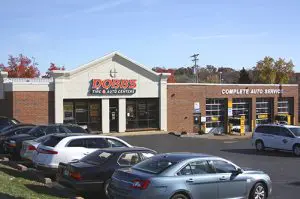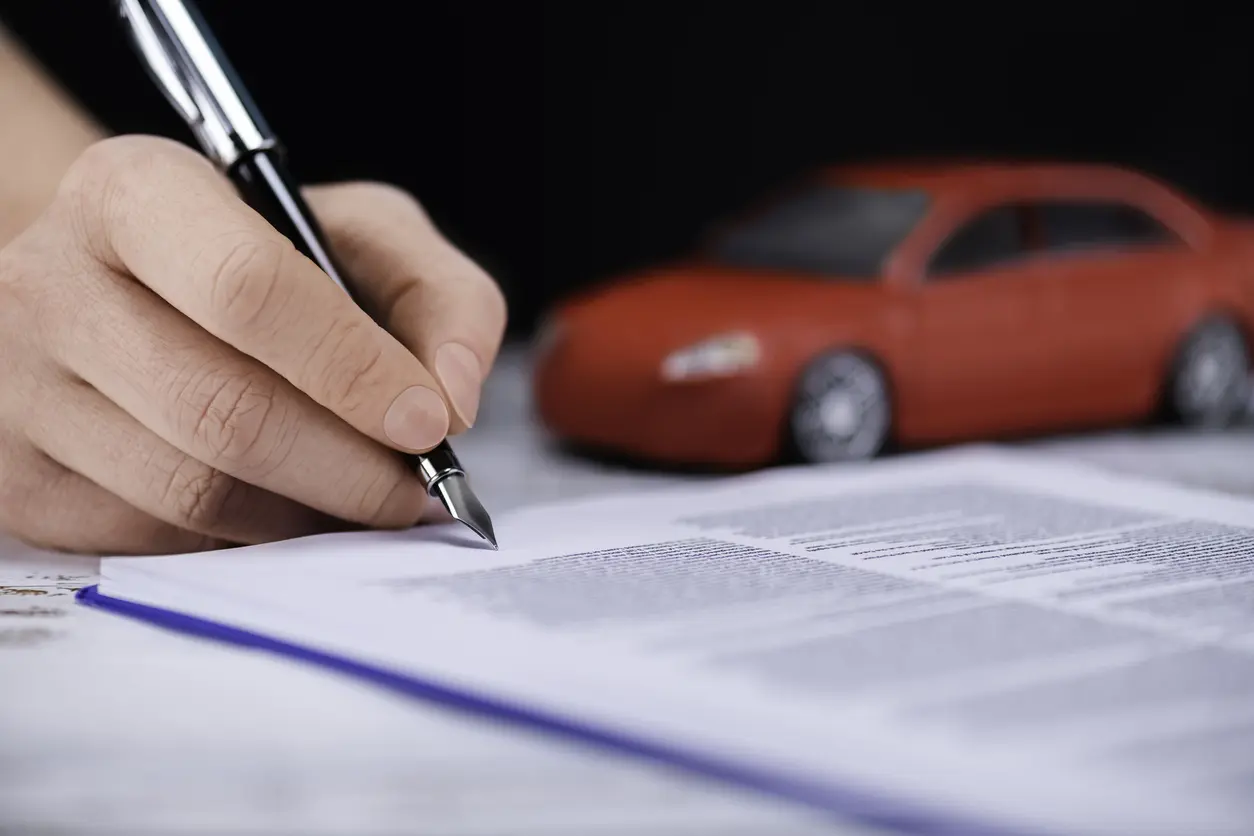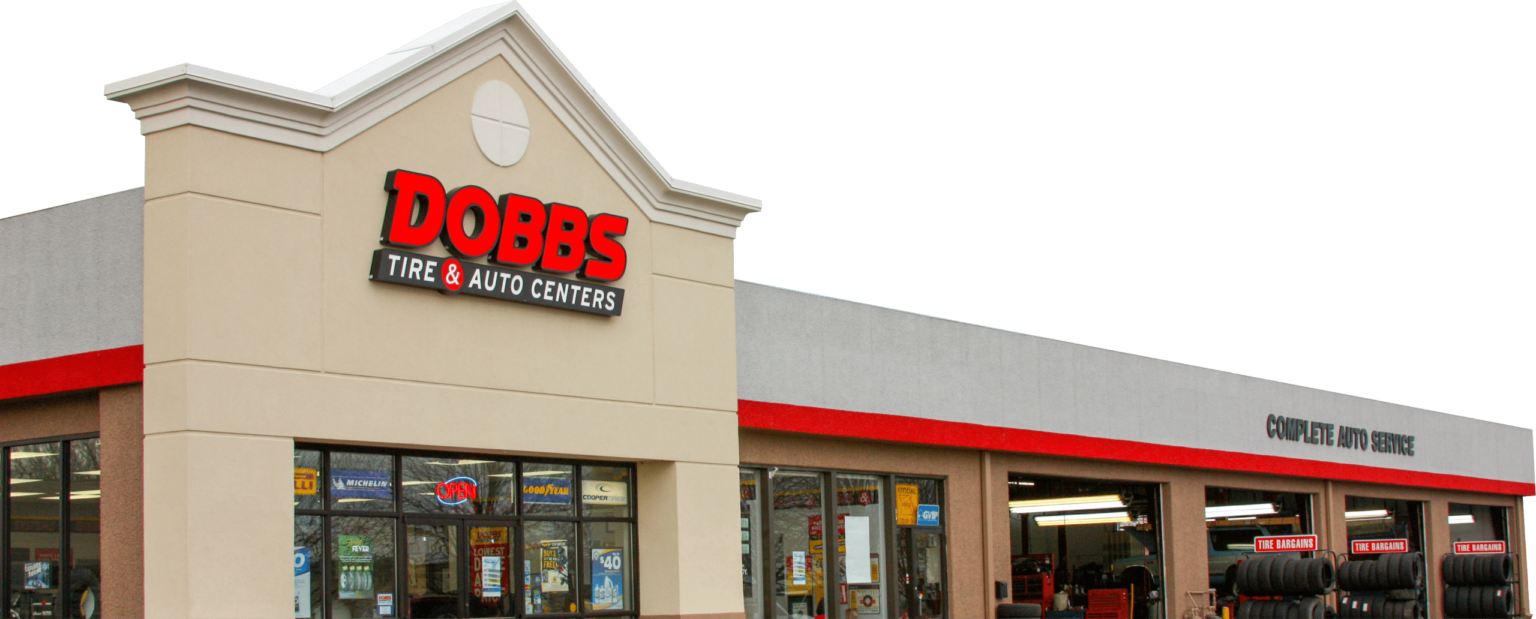A Car Warranty Myth Guide
According to a recent AAA survey (American Automobile Association), about one-third of car owners, some 64 million people, are in serious trouble. Well, they might be, because they cannot pay for an unexpected car repair without going into debt. Auto repair statistics indicate that unexpected repairs tend to average about $600 annually, so AAA suggests setting aside at least $50 per month for just such an occurrence. For new car owners, a car warranty can take some of the stress out of car ownership, if the car warranty is still valid.
A car warranty is effectively a contract between the automaker and the buyer, promising that the vehicle will work as designed for a certain period. If something wears out abnormally or breaks prematurely, then the automaker promises to repair it at no cost to the owner. Of course, the contract works both ways, as the owner promises to maintain the car properly and drive it responsibly. Today, we’re busting a couple of long-held car warranty myths, what they cover and how to maintain them.
Myth – A New Car Warranty Covers Everything
As with most things, reading the documentation will give you all the specifics regarding the car warranty for your specific vehicle. Most car warranties are broken into different parts. A typical “bumper-to-bumper” car warranty might last for 36 months or 36,000 miles and cover “everything,” but not maintenance items.
- Covered – Wiper motors, headlights, door locks, and power windows.
- Not Covered – Wiper blades, brake pads, air filter, and oil changes. Drive belts and light bulbs might be covered.
The “powertrain warranty” usually lasts longer than the basic warranty, some vehicles up to ten years or 100,000 miles, but this is limited to the engine and transmission, perhaps some associated parts.
- Covered – Knock sensors, transmission controller, rear differential.
- Not Covered – Shock absorbers, light bulbs, and tires (Check your tire warranty for coverage.)
New car warranties don’t cover abuse, certain driving habits, or negligence, and most automobile technicians can tell when a vehicle has been abused in some way.
- Covered – If the engine starts to overheat, some new car warranties might cover vehicle towing, in addition to repairs, but…
- Not Covered – If you drive an overheating engine until it seizes or warps the cylinder heads, you could be stuck with towing and repair bills.
- Not Covered – Sportscars might seem like they’re fit for the track, but using it in competition would immediately void the warranty. Similarly, off-road vehicles won’t retain their warranties if you use them for off-roading.
Myth – You Must Maintain the Vehicle at the Dealership
It might be smooth talking or a false sense of security, but many car owners have the understanding that, to maintain the new car warranty, they must maintain and repair the vehicle at the dealership, using only genuine parts. The reality is that nowhere in the warranty manual will you find this idea. In fact, the Magnuson-Moss Warranty Act of 1975 prevents dealerships from making such a requirement. The only owner requirement is to maintain the vehicle at the proper time and using the proper parts and fluids. If you stick to the factory maintenance schedule, the new car warranty will remain in force.
This means that you can have your car maintained at the dealership, at an independent shop, a franchise shop, or even in your own driveway, but it is important to understand “proper parts and fluids” to maintain your car warranty. A dealership cannot void your warranty because you used recycled, OEM, or aftermarket parts. Such replacements or performance modifications have no effect on the warranty unless the dealers can prove it caused collateral damage.
- Covered – Installing a cold air intake might improve engine breathing, but a dealership would be hard-pressed to prove that it caused an oxygen sensor to fail.
- Not Covered – Installing a performance chip or aftermarket turbocharger might push the engine beyond its operational limits, so failure could be attributed to the aftermarket part.
Using the proper fluids is important to keep your warranty in force. Accidentally putting diesel fuel into a gasoline vehicle would require cleanout and possible component failure, which wouldn’t be covered by the warranty. If it meets the automaker’s viscosity recommendations and API/ILSAC standards, use of any engine oil or gear oil brand will keep your car warranty in force.
- Covered – Changing your engine oil and oil filter in your driveway every 5,000 miles according to the factory manual.
- Not Covered – Changing your engine oil and oil filter “whenever.”
Whatever you do to your vehicle, from basic maintenance to diagnosis and repairs, keep a record of everything, including receipts, invoices, and repair orders. Even keeping refueling receipts can be helpful in tracking down fuel-related problems. Having this documentation on hand, getting warranty coverage for car problems will be far easier.
Dobbs Tire & Auto Centers is Here to Help


